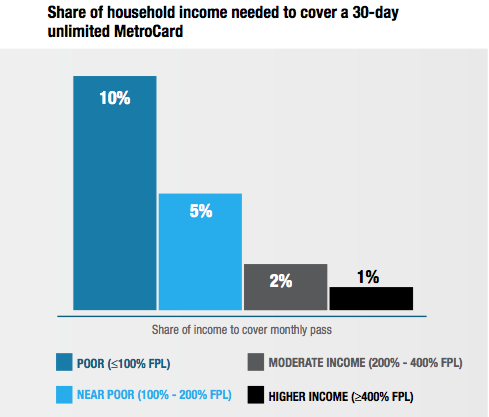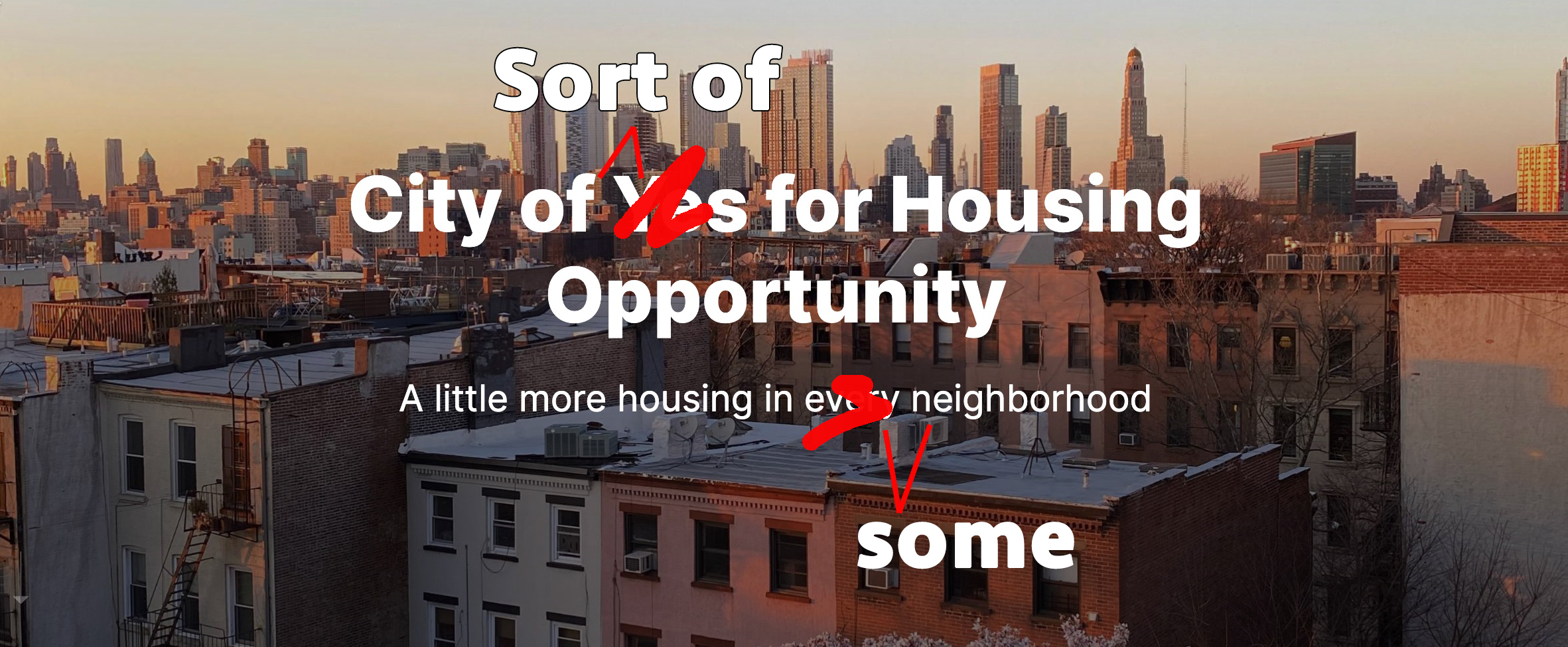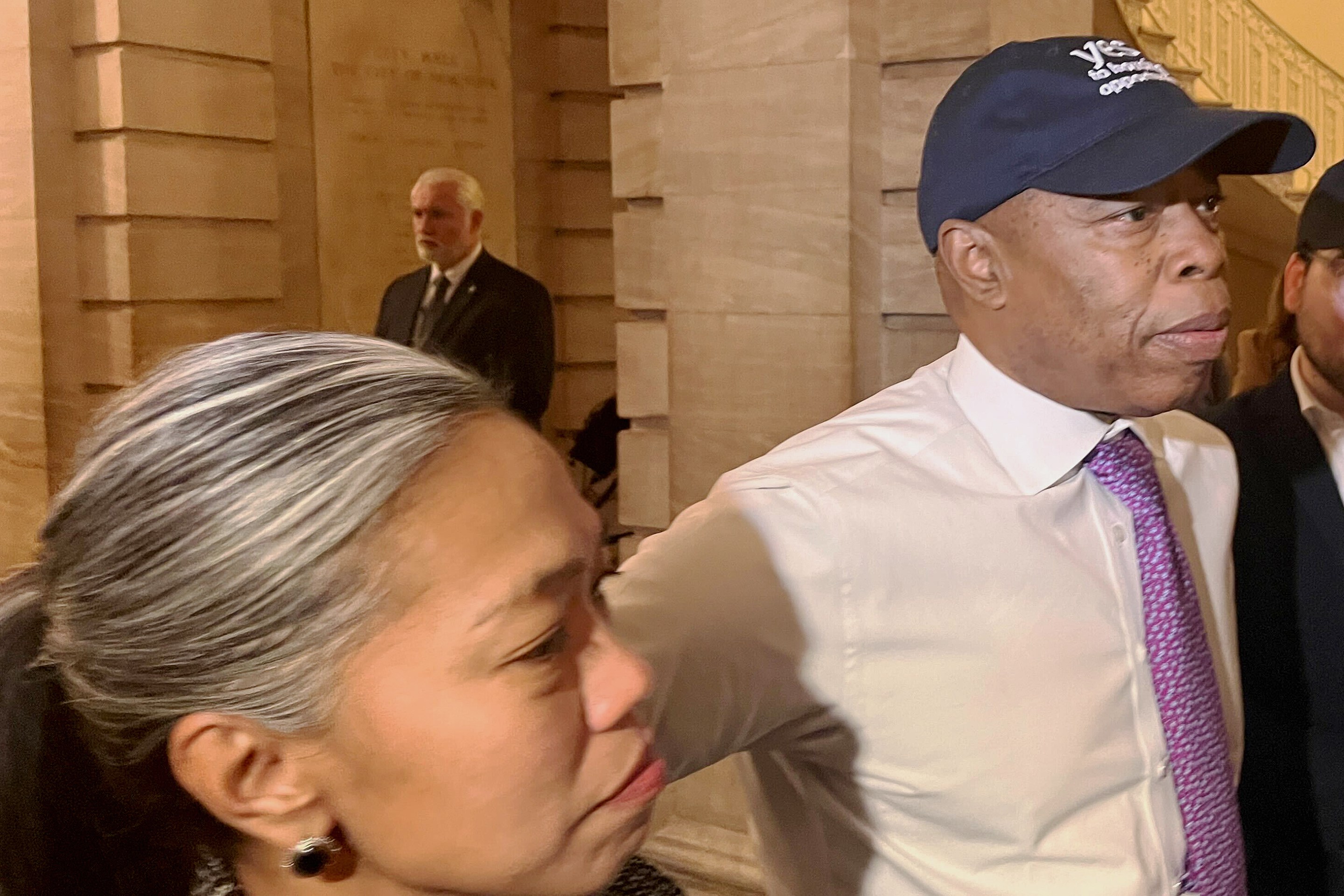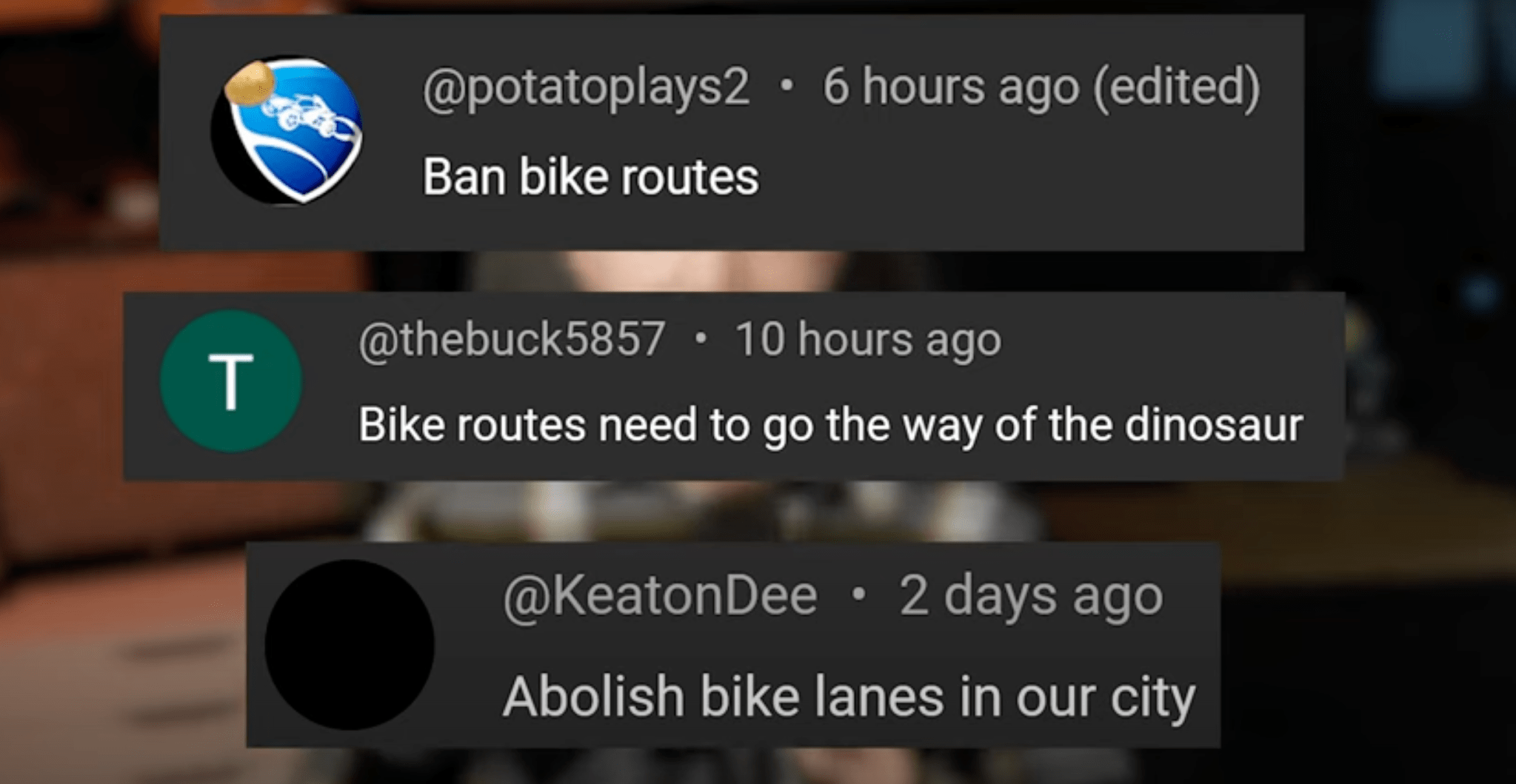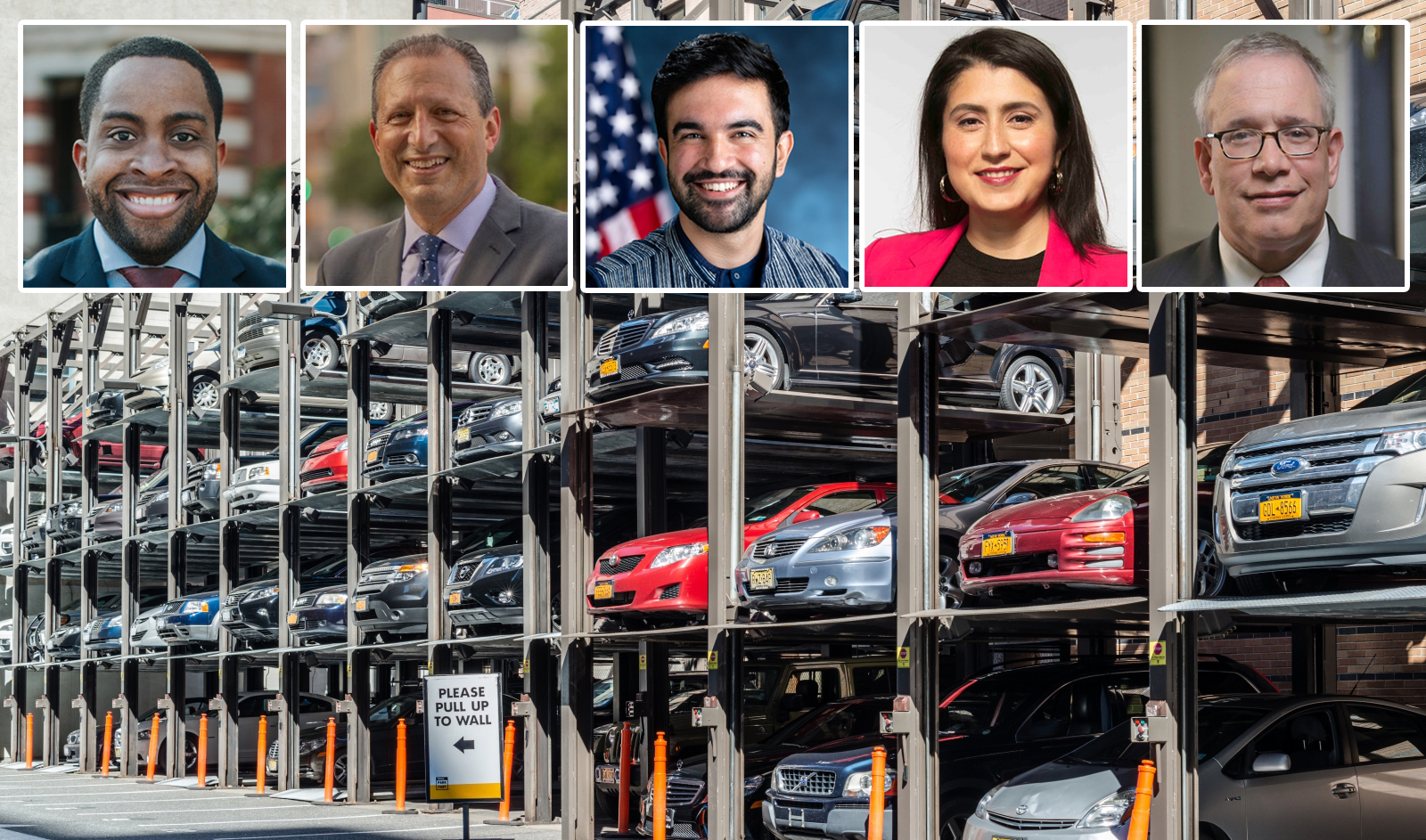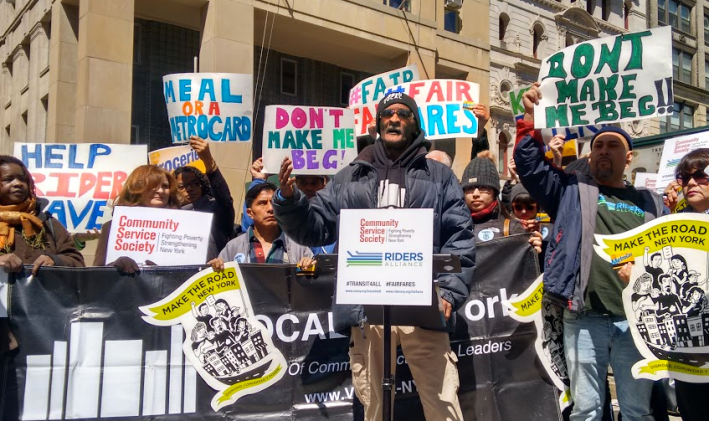
The Riders Alliance and the Community Service Society of New York are calling for half-priced transit fares for New Yorkers between the ages of 18 and 64 who fall below the federal poverty level. The coalition, which includes Public Advocate Letitia James and Comptroller Scott Stringer, rallied outside City Hall yesterday for discount fares.
“We have discounts on the subway for seniors, students, for disabled people. We have transit benefits, so that professionals, middle class people, get sometimes a big tax break for riding public transit,” said Riders Alliance Executive Director John Raskin. "And it’s time to expand that to lower income people as well."
The organizations make the case for an MTA reduced-fare program in a new report, “The Transit Affordability Crisis.”
Drawing on data from the Community Service Society's most recent “Unheard Third” survey of the city’s poorest residents, the joint report shows that low-income New Yorkers -- particular in black and Latino communities -- are more transit-dependent than average and bear a disproportionate burden of fare increases. Households at or below the federal poverty level must spend at least 10 percent of their income to cover the costs of 30-day MetroCards. For some New Yorkers, the cost of a fare can mean passing up on job opportunities or making difficult choices to cut back on basic necessities like food or medical care.
Holding signs with messages like "Don't Make Me Beg" and "Meal or a MetroCard," riders at yesterday's announcement said they need some relief at the farebox.
"The current system with the MetroCards doesn't work for us. The cost of the MetroCards are going up every year, and it's time to say 'enough,'" said Leticia Pazmino of Make the Road (a translator her remarks from Spanish). "The MetroCard is too costly for us to be able to use it effectively."
Cities including London, San Francisco, and Seattle run similar discount fare programs, the report notes.
The total cost of providing half-priced fares to the 800,000 New Yorkers living below the poverty line would likely be around $200 million, and the groups have proposed a number of potential revenue sources, including the Move NY toll plan, raising the state gas tax, extending the state's current "millionaire's tax," or direct city subsidies.
The report doesn't specifically recommend whether the MTA or the city should administer the program, but it does note that NYC's Human Resources Administration already spends $48 million to distribute MetroCards to low-income New Yorkers for certain trips. The cost of the reduced-fare program could be offset in part by reducing the need for the HRA's MetroCard program and by lower rates of fare evasion, the authors suggest.
“We think this is something which is doable, and something the city not only has the power to do, but can afford to do," said CSS economist Harold Stolper, who co-authored the report.
“We don’t expect this to be an easy campaign," Community Service Society's David Jones said. "This is the first act of what can be many years of work, but we intend to win this campaign. That’s the only thing we can do to really serve the people of the city of New York.”
